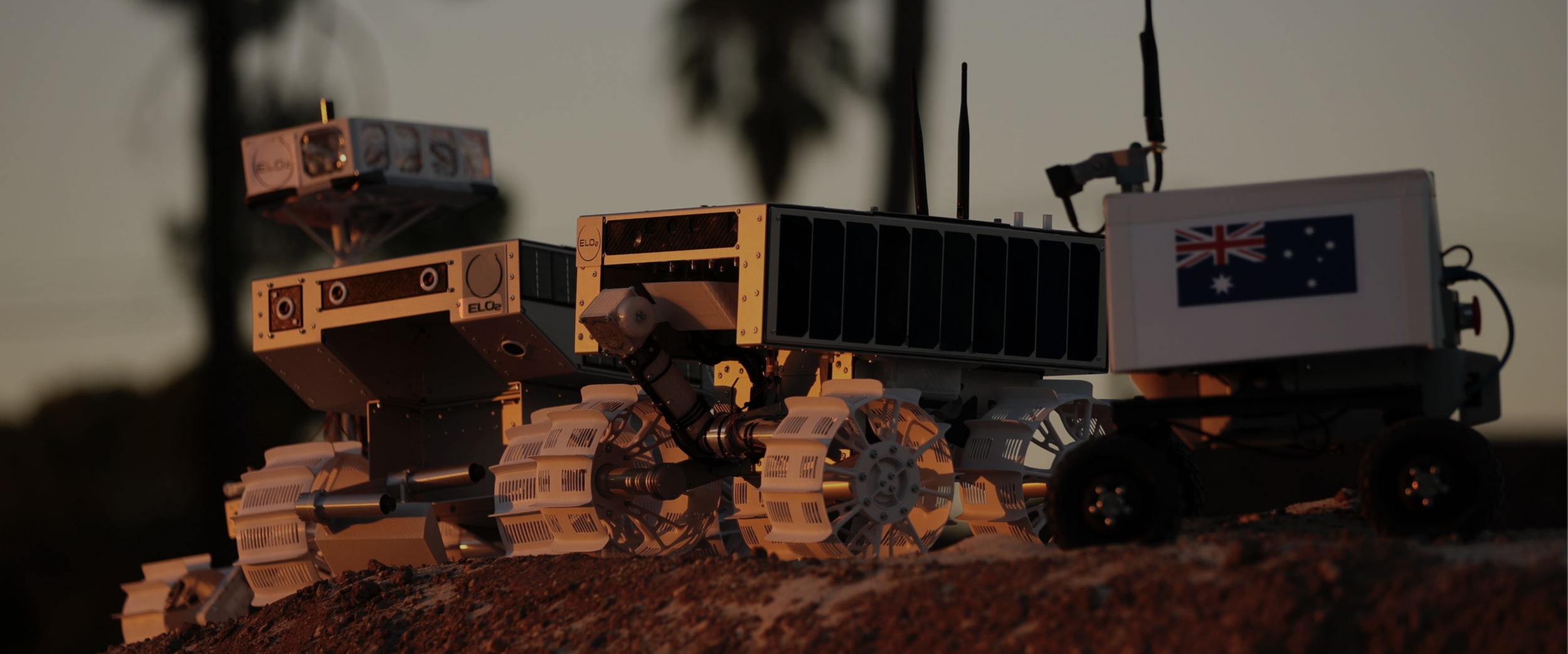
Our rover prototypes proudly carry the Australian Made certification, a testament to their genuine Australian design and manufacturing. This certification highlights the importance of local innovation and engineering, showcasing the collaborative effort of Australian companies and research organisations that make up our consortium.
These prototypes embody our commitment to high standards and durability. By designing and manufacturing space robotics hardware and software in Australia, we are growing local jobs, strengthening our economy, and solidifying Australia's position in the global space industry.
EARLY Rover Prototype
Our team made early progress towards the goals of the Australian Space Agency’s Trailblazer program in December 2023, unveiling the initial prototype of our rover designed for robust navigation across the Moon's challenging landscape. This model featured specialised wheels and a collection device, and served to support development of chassis and suspension systems.
This early prototype is an important step in de-risking critical elements of the rover, and allows for continued improvement towards reliable operation in tough environments, such as the lunar surface.
Along with providing important testing and validation opportunities for our engineering team, the creation of a physical model such as this also allows us to share our work with the Australian public.
Consortium Prototype
Revealed in March 2024, our latest prototype embodies the wide expertise that Australia has to offer in robotics and mining, tailored for the essential task of remote lunar regolith collection.
Our inaugural live demonstration at the Australian Rover Challenge proved the prototype’s capabilities, when it successfully navigated simulated lunar and Martian terrains in Adelaide, while remote operated from the United States using Lunar Outpost's Stargate mission operation software.
Testing Insights
Driving Design
The development of the Consortium Prototype enhanced our understanding of the drive and excavator systems' design, critical for efficient regolith collection. It also advanced our ability to anticipate and navigate the practical complexities of remote operations, a pivotal aspect for the rover’s success in lunar missions.
Mass Offload Model Testing
The ability to drive and collect surface materials is affected by gravity, with low gravity presenting unique challenges. Mass offload model testing provided us with detailed insights into the rover's stability, drive, and excavation characteristics under low gravity conditions. This understanding is vital for optimising our design for the Moon's unique environment.
Perception Testing
By developing prototypes, we were also able to test our perception systems under lighting conditions similar to those present at the Moon's south pole. This testing confirmed our rover's capability to operate efficiently in these challenging conditions, further de-risking the rover’s systems for the challenges of lunar exploration.





